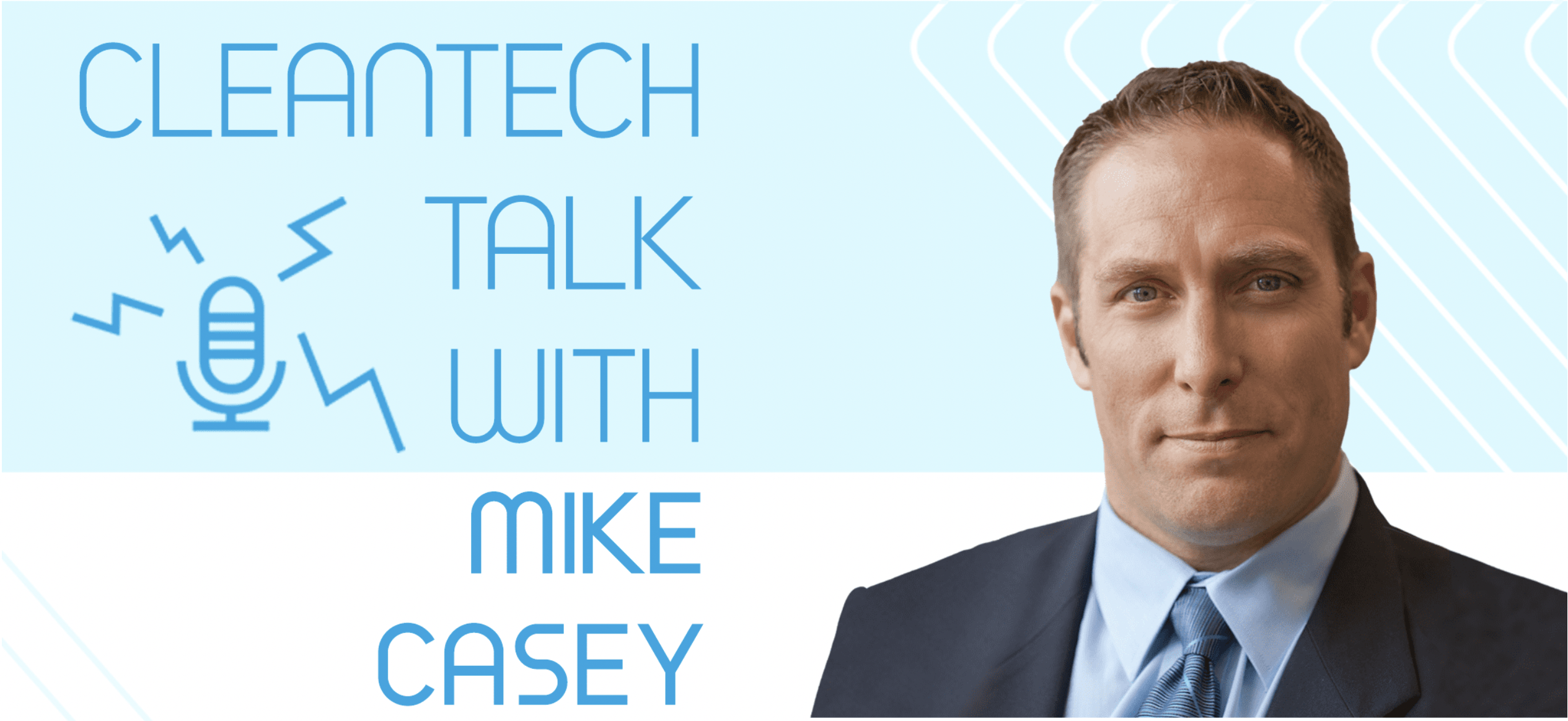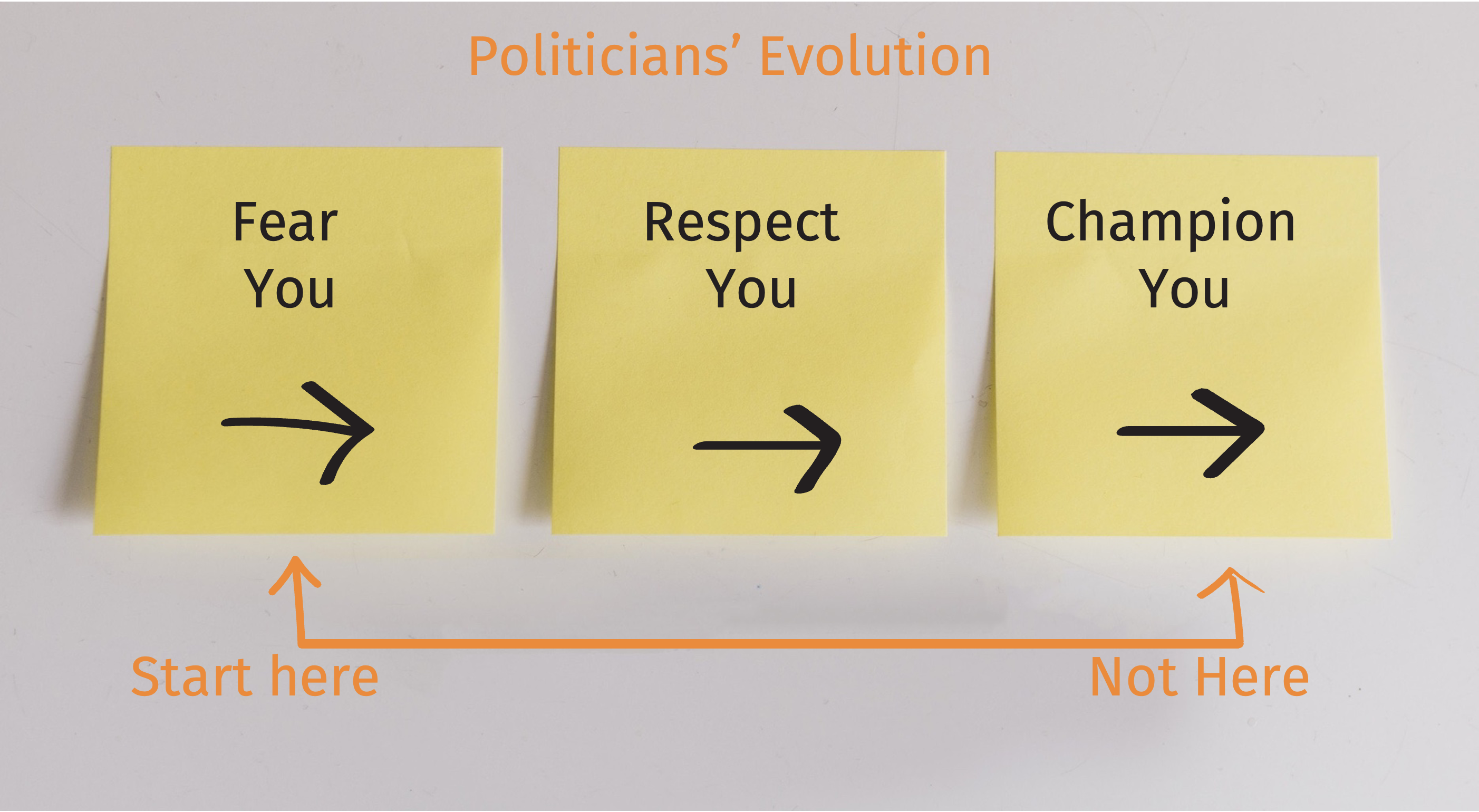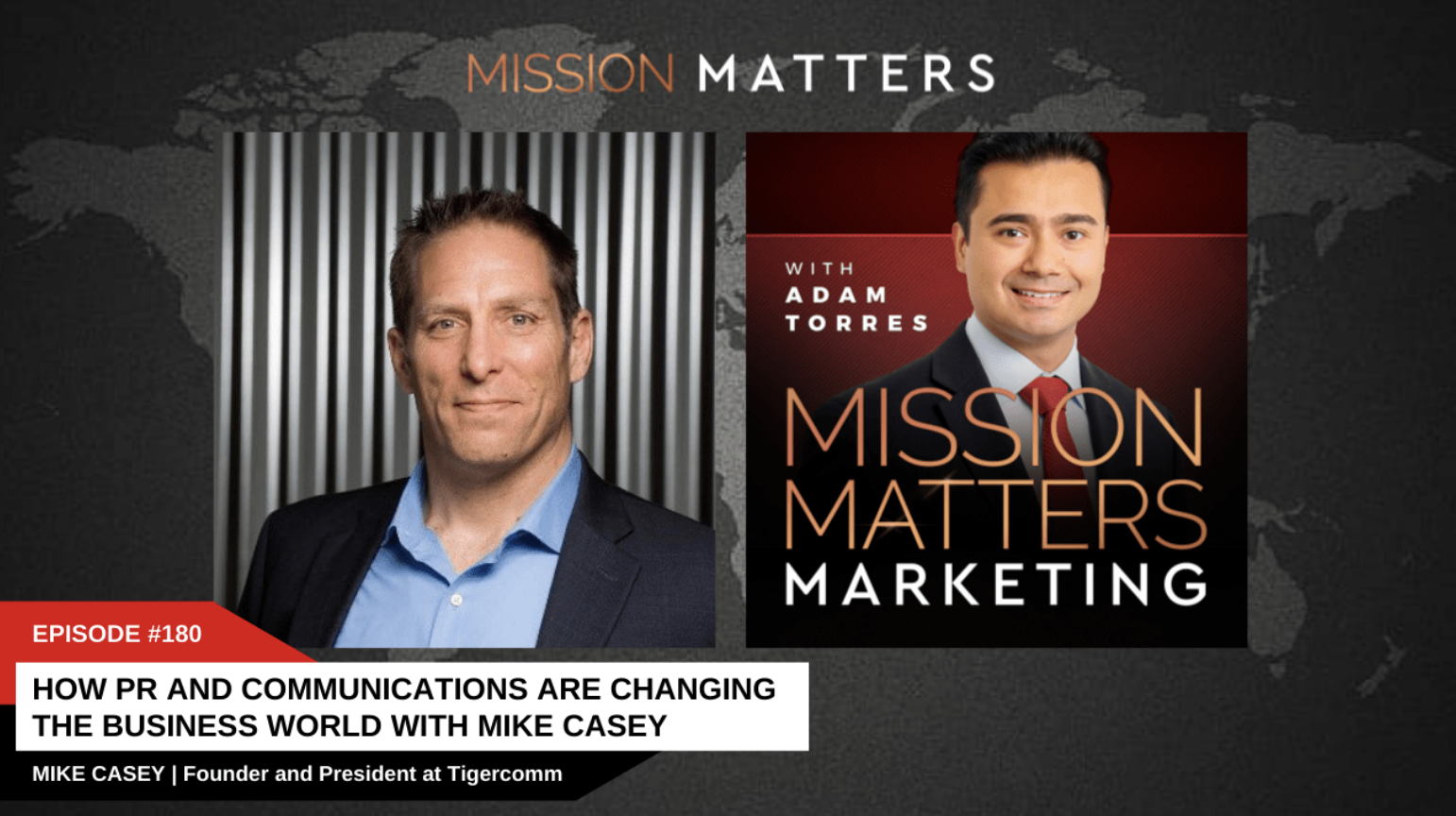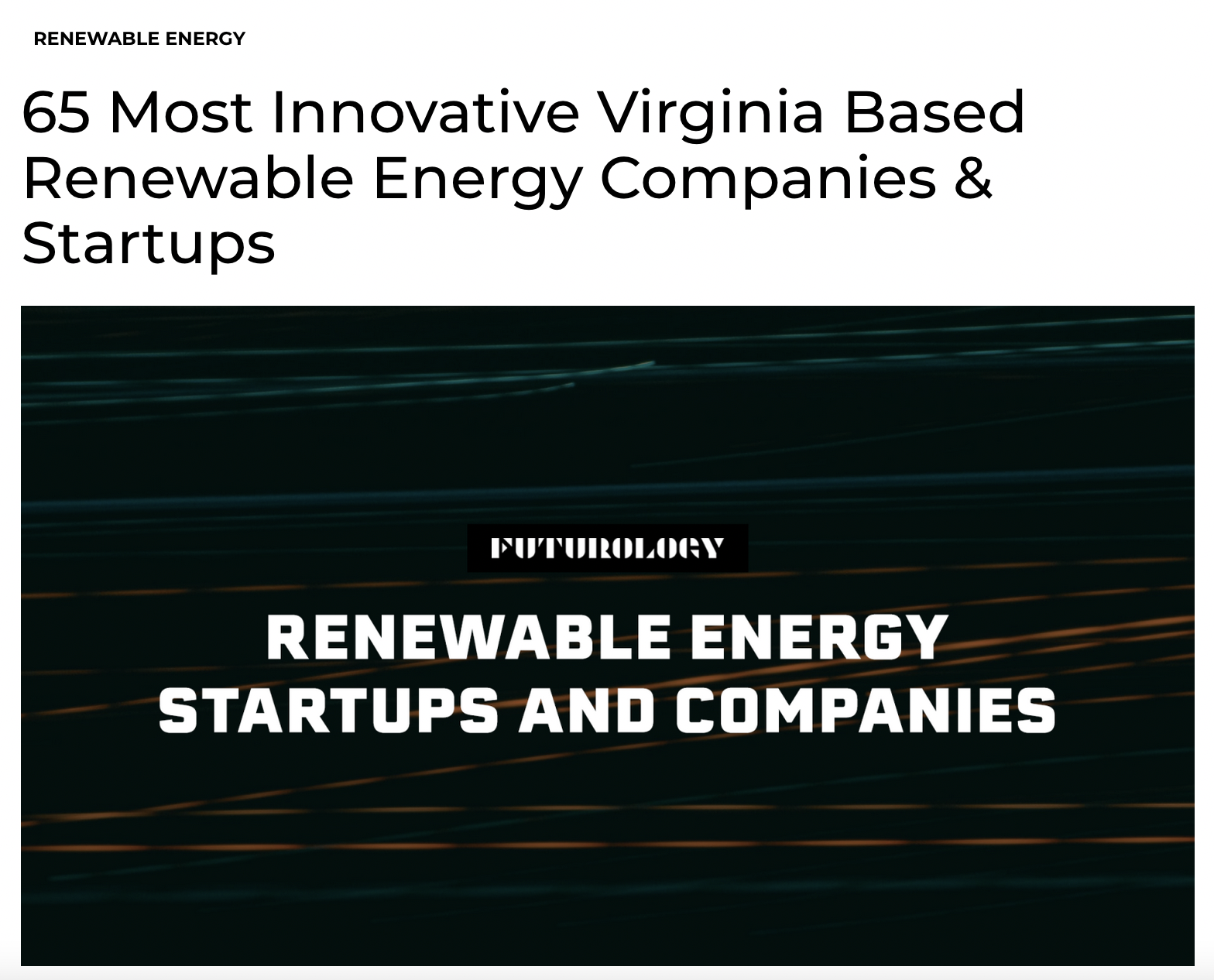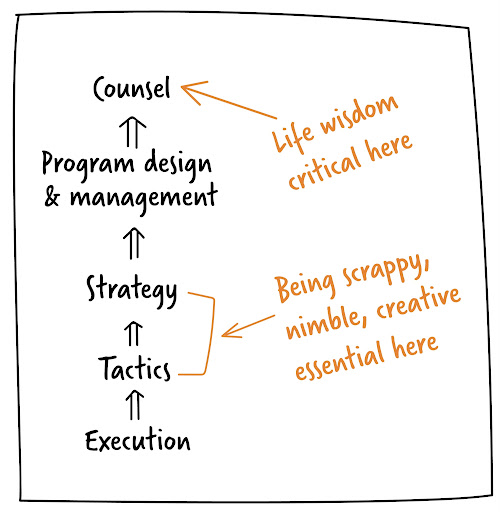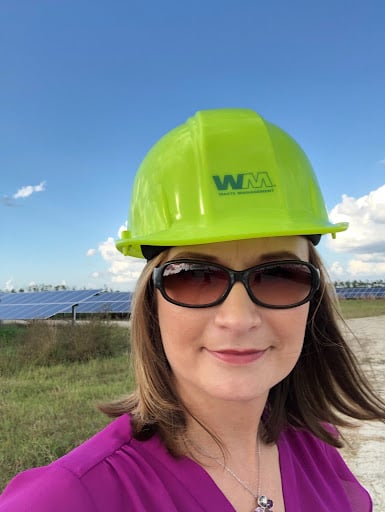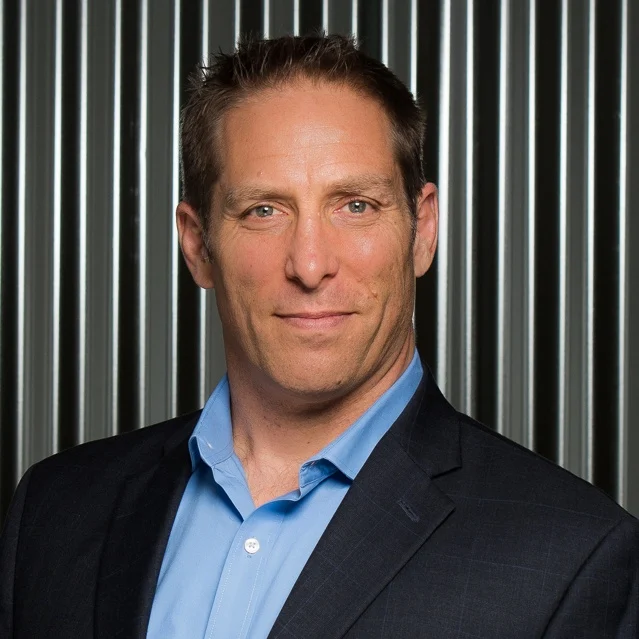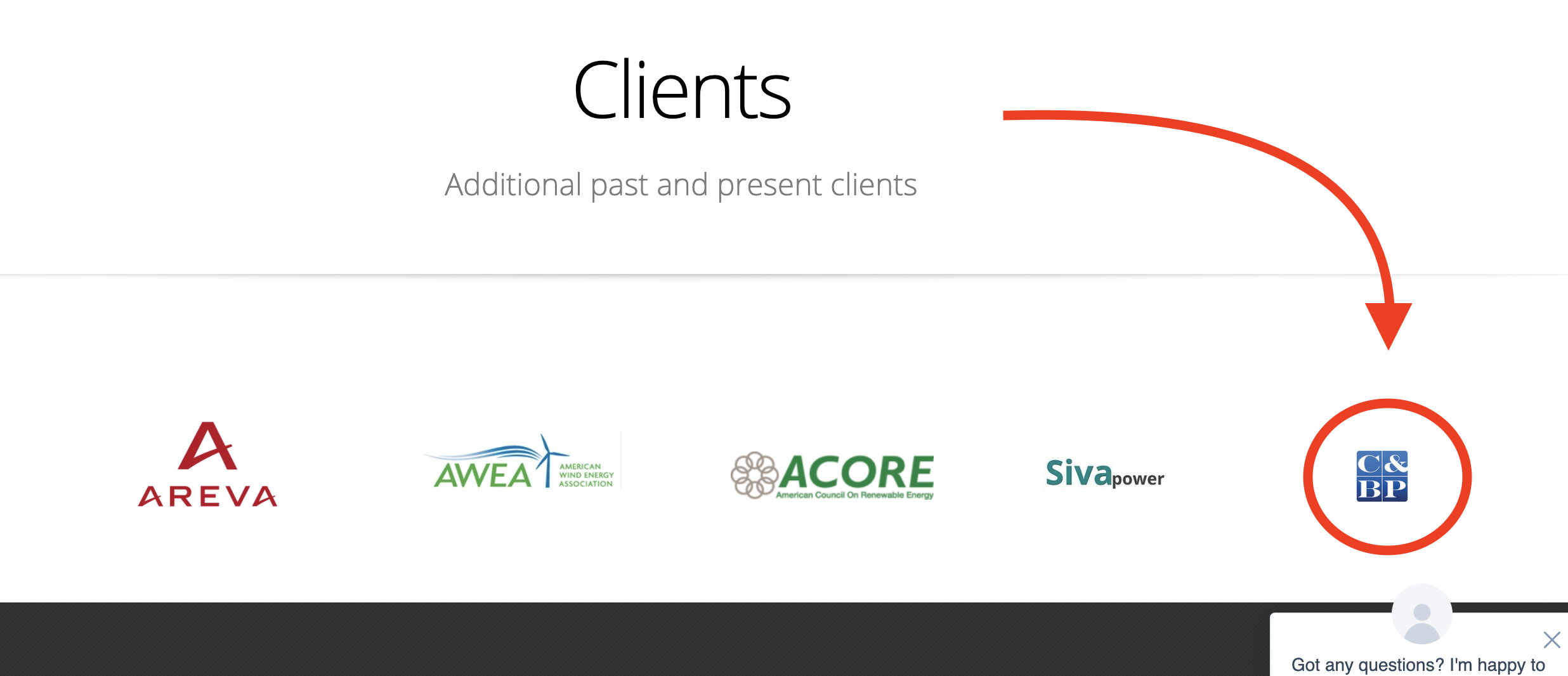Insights
Zachary Shahan of CleanTechnica honored us by running our recent white paper, “We’re the people we’re waiting for,” and interviewed us for his CleanTech Talk...
Continue ReadingBefore publishing this paper, I had to change its subhead from “Angry about Joe Manchin? Take a number,” to what you read above.
Many working for the clean...
Continue ReadingWe’re honored to be named among The Manifest’s most recommended B2B leaders in D.C. For 17 years, we’ve served some of the top clean economy companies who are...
Continue ReadingIt was fun to talk with Adam Torres of Mission Matters Media about how public relations is both serving and changing the way businesses interact with consumers.
Continue ReadingWe're honored to be mentioned as one of the 65 most innovative U.S. #cleanenergy companies that are based in Virginia by Futurology Life. That work's easier...
Continue ReadingSeptember 24th marked our 2nd ever Cleantech Podcasters Roundtable, and it was full of great insights from our seven guests. In case you missed it, here are...
Continue ReadingNew Hands On Deck
We are announcing today that Tigercomm has acquired Chase Media Services and that its principal, Melissa Baldwin, is joining us this week as senior vice...
Continue ReadingA Climate Tech Journey
This week, I shift my career from “why” to “how.” Let me explain.
My name’s Melissa Baldwin, and as we announced today, Tigercomm’s...
Continue ReadingDesignRush Names Tigercomm In List Of Top 5 Digital Marketing Agencies In DC
Thank you DesignRush for ranking Tigercomm in their list of the Top 5 Digital Marketing Agencies In Washington D.C.We are excited to be acknowledged for the...
Continue ReadingTigercomm EVP Mark Sokolove is leaving us. Here’s what that says about cleantech.
Let’s get the news out of the way, so we can get to the opining … After 14 years of helping build Tigercomm into the top clean economy marcom and public...
Continue ReadingNearly every independent analyst is forecasting that during the next three decades cleantech sectors – and solar in particular – will experience double-digit...
Continue ReadingStranger Than Fiction - A Compelling Story, Missed in Real Time
Our friends at Checks and Balances Project (C&BP) are really effective. With a shoe-string...
Continue Reading